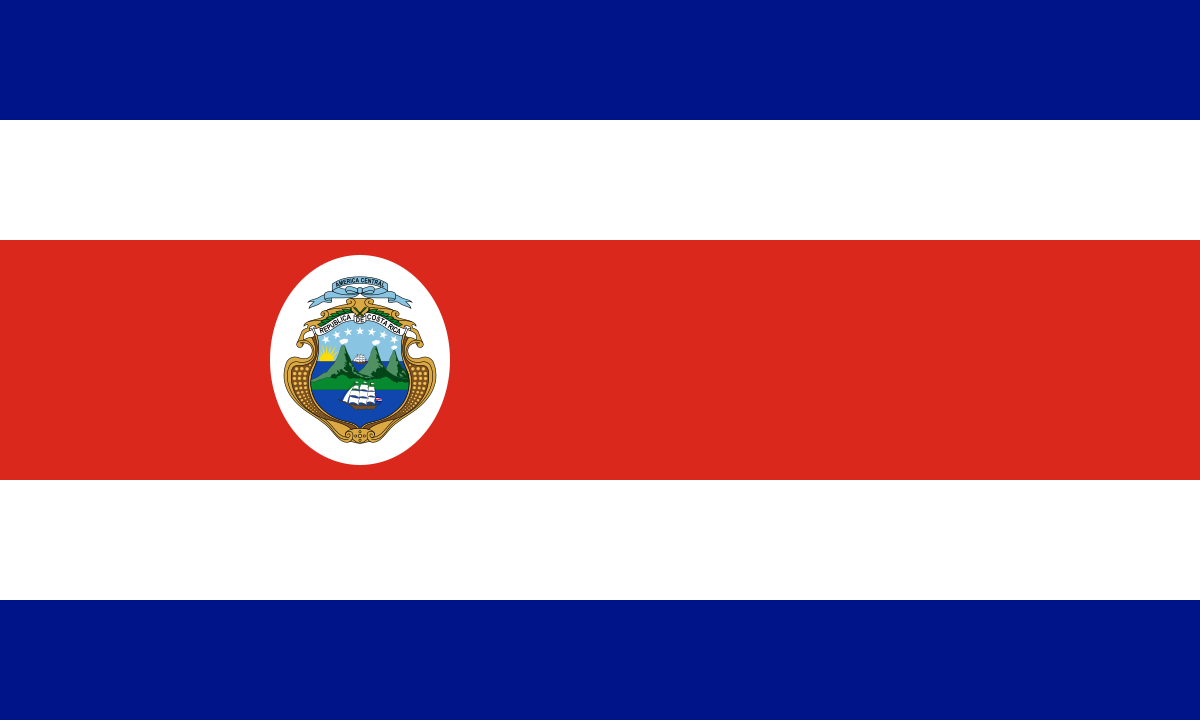- Earthquake magnitude
- Location in relation to epicenter and direction of rupture
- local soil and rock conditions
Large earthquakes release enormous amount of energy. Seismologists measure this energy on a magnitude (M) scale. "Earthquakes are given description adjectives based on their magnitude scale" (Keller 61). Most earthquakes are described as major(M 7-7.9) or strong (M 6-6.9) (Keller 61). Earthquakes classified as major can cause "widespread and serious damage" (Keller 61). Whereas, strong earthquakes can cause "considerable damage" (Keller 61). The most powerful earthquake is called a grand (M 8+). The amount of ground motion produced by an earthquake is related to its magnitude, depth and environment where it happens. Buildings more prone to damage are the ones that are constructed on unconsolidated sediment, artificially filled land, water saturated sediment. All are said to amplify the shaking (Keller 63). Also, the buildings that are not designed to withstand significant horizontal acceleration of the ground or have natural vibration frequencies that match the frequencies of the seismic waves are highly subject to damage.
Earthquake intensity varies with the severity shaking and is affected by proximity to the epicenter, the local geological environment and the engineering of structures (Keller 64). Earthquake intensity is shown in maps and recently the U.S. Geological Survey, USGS opened an online survey, "Did You Feel It?" to solicit reports from people in the US who recently felt an earthquake.
According to the USGS website, along the western coast of Central America, the Cocos plate subduct towards the east beneath the Caribbean plate at the Middle America Trench. Convergence rates vary between 72-81 mm/yr, decreasing towards the north. This subduction results in relatively high rates of seismicity and a chain of numerous active volcanoes; intermediate-focus earthquakes occur within the subducted Cocos plate to depths of nearly 300 km.
Sources
- https://gemrisk.wordpress.com/2016/03/04/profiling-earthquake-risk-in-costa-rica/
- https://earthquake.usgs.gov/earthquakes/eventpage/us2000bmhe#region-info
- gfdrr.org
- Benz, Harley. “USGS Open-File Report 2010-1083-A: Seismicity of the Earth 1900–2010 Caribbean Plate and Vicinity.” USGS Publications Warehouse, pubs.usgs.gov/of/2010/1083/a/.
- Keller, Edward A., et al. Natural Hazards, Earth's Processes as Hazards, Disasters, and Catastrophes. Fourth Edition. 20








No comments:
Post a Comment